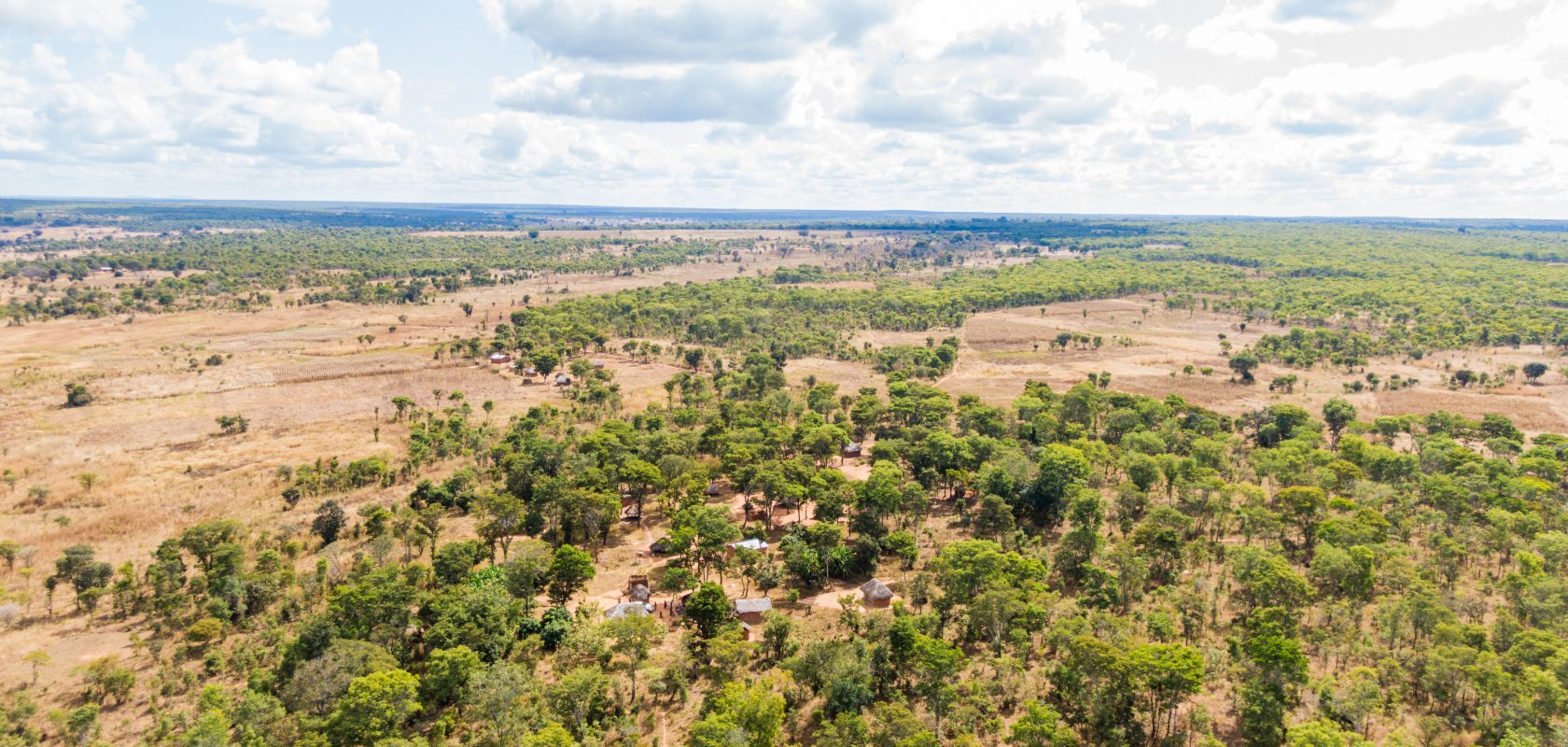SolarAid has brand new impact research! As part of our ongoing commitment to not only reach customers, but to also understand and maximise our impact, we conducted customer surveys in 2022.
This project was undertaken by the sector leading impact research organisation, and long-term partner, 60 Decibels. Customers were spoken to twice, before and after owning a solar light so we can understand the quantifiable impact of switching to a solar product.
It is essential for us to know, and regularly update, the impact our solar lights have on people living without electricity in their homes. Are solar lights having the impact we think they should? Are we reaching the right people i.e. those living below the poverty line with no access to electricity?
From our new research, we are seeing a significant reduction in energy costs by our customers in sub-Saharan Africa when they switch to solar compared to our previous research. Costs of fuels like kerosene are rising as well as disposable batteries for torches. In the context of the global energy crisis, it is amazing we are reducing the costs of energy for people living below the poverty line. These reductions lead to critical savings for families. We are already hearing stories of how this helps families deal with illness by being able to pay for medical costs or make improvements to their home or diet.
Many families also communicated the increased levels of safety they experience once having access to a solar lighting product. This could be safety due not using naked flames from candles and kerosene lamps or feeling safe due to the added security of having bright light around the home. We even hear stories of children dancing and playing outside their homes lit by solar light!
Another change we noticed is what lighting sources people are using. Households without access to electricity are using far fewer kerosene lamps than they used to, replacing them with battery powered torches. This is in part due to where we operate – in landlocked Malawi and Zambia, kerosene is so expensive. The rising use of battery powered torches is a concern as they do not offer a sustainable solution. The batteries are often poor quality, lasting just a few days, and expensive to replace. Disposable batteries often litter the ground of communities degrading the local environment.
What is very encouraging is the high proportion of people who have stopped using paraffin candles, kerosene lamps or battery powered torches when they own a solar light. An astonishing 97% made the switch to clean energy and stopped using the sub-standard alternatives altogether.
With all the above we’ve also updated our popular impact calculator to show you your impact. If we know the impact of a solar light and the cost to get a solar light into the hands of a family, we can tell you the impact of your donation. We have spotlighted the key metrics outlined above and removed ones that we feel are less relevant.
Ultimately, measuring impact is to confirm we are moving in the right direction – that our interventions are enabling communities that previously had no access to electricity to access clean, safe solar power in a way that is affordable for them. With this, we can show the evidence to encourage others to replicate this approach across all of sub-Saharan Africa to reach every home, school and clinic and truly leave no one behind.
